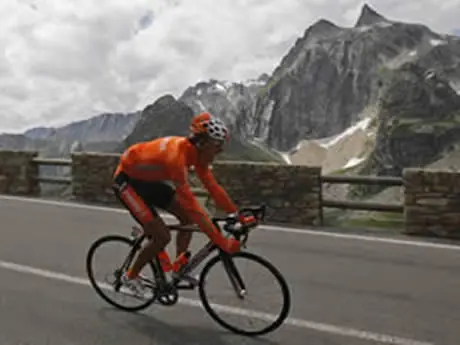
Sanctioned cycling road races are events held on paved roadways and permitted by USA Cycling (USAC). The USAC is the official governing body of bicycle racing in the United States.
To race in a USAC event, a racing license from USAC or a purchased a 1-day license from the event organizer are required. Some event organizers provide what is called a 'citizens event' for those unlicensed racers who want to try racing without making a serious commitment. These races are generally far shorter and are run during a break in competition by licensed riders. For these races, a license is not necessary, but a legal waiver must be signed by the participant.
More: 3 Traits of Great Bike Racers
Each event in a USAC race is divided into age-graded categories designed to group riders based on similar skill and age. Novice bike racers over the age of 18 but under 35 are assigned a road category designation of 5, which groups first-timers together during mass start events.
As racers improve their skills, they may advance or upgrade to the next highest category. Those over the age of 35 may choose to race in the various masters categories. Men and women almost always race separately, although when an insufficient number of women are registered (usually less than 3), they may be placed in a men's category of similar skill level. While not ideal, it does provide an opportunity to participate in a race with competition.
More: Pre-Race Nutrition Guide for Cyclists
Before the Race
All sanctioned races are listed on the USAC website. Links to informational flyers about different races can also be found on the website. Be sure to read the race flyer carefully before each event. Online registration is often the only option and closes a few days beforehand.
You can expect to pay registration fees anywhere from $25 for a time trial to $100 or more for a multiple stage event. Once registered, know what time your category starts. If there are special procedures or other important details about your event, they will be spelled out in the race flyer. If that information is not clear, don't be afraid to contact the promoter. Lastly, if the flyer includes a map of the course, study it and become familiar with the hills and corners and where they are on the course.
- 1
- of
- 4








Discuss This Article